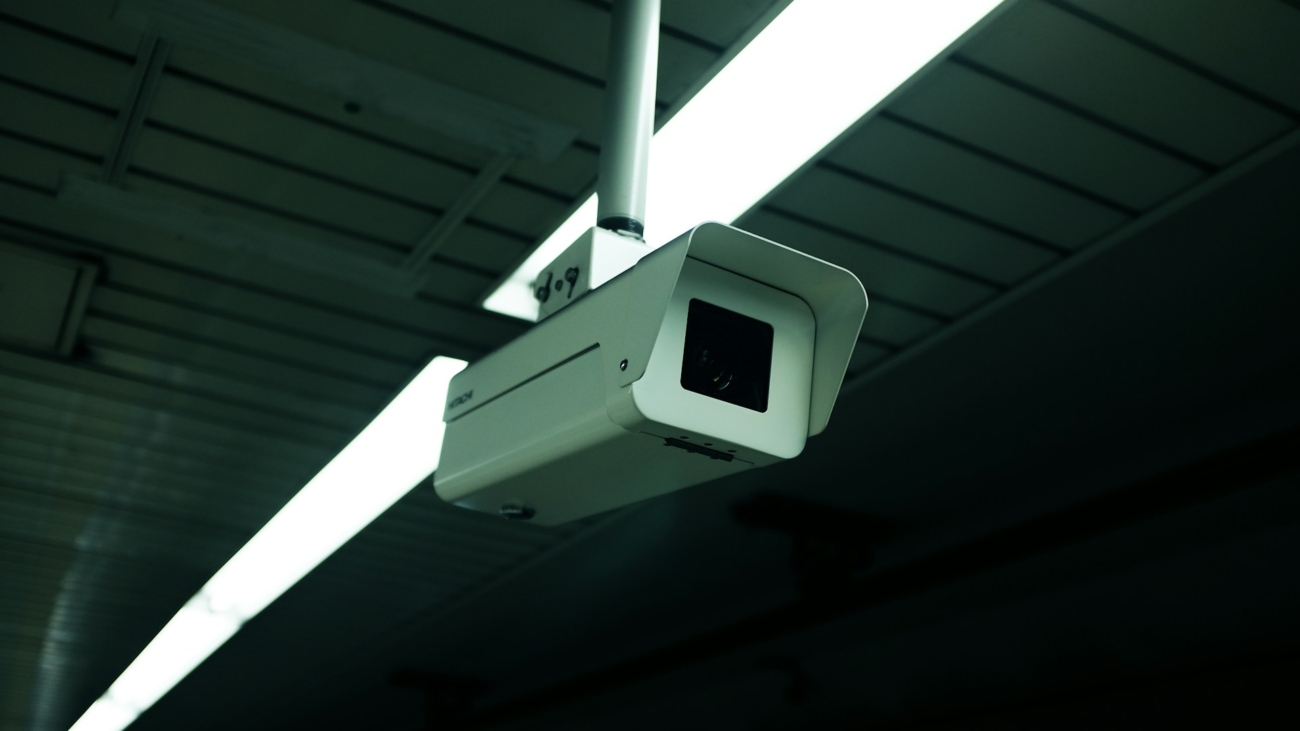Smart cities leverage advanced technologies to enhance urban living, making them safer, more efficient, and more sustainable. One critical aspect of smart cities is surveillance, which, when used ethically, can significantly assist law enforcement agencies. However, the implementation of surveillance technologies raises concerns about privacy and civil liberties. Balancing these concerns with the need for safety is paramount.
The Case for Ethical Surveillance
- Enhanced Public Safety
- Crime Prevention and Response: Surveillance technologies, such as CCTV cameras, drones, and AI-driven analytics, can help prevent crimes by acting as deterrents and enable quick responses to incidents.
- Emergency Response: Real-time surveillance can aid in managing emergencies, such as natural disasters or terrorist attacks, ensuring timely intervention and minimizing harm.
- Improved Traffic Management
- Traffic Monitoring: Cameras and sensors can monitor traffic flow, reduce congestion, and detect violations, leading to smoother and safer transportation systems.
- Incident Detection: Quick identification and management of traffic incidents can save lives and reduce economic losses due to traffic jams.
- Resource Optimization
- Efficient Public Services: Surveillance can optimize the use of public resources, such as energy and water, by detecting leaks or inefficient usage, thus contributing to sustainability goals.
Best Practices for Ethical Surveillance
- Transparency and Accountability
- Clear Policies: Establish and communicate clear policies on the purpose, scope, and methods of surveillance.
- Public Awareness: Engage with the community to explain how surveillance benefits them and address their concerns.
- Data Protection and Privacy
- Anonymization: Ensure that collected data is anonymized to protect individual identities.
- Data Security: Implement robust cybersecurity measures to protect surveillance data from unauthorized access and breaches.
- Legal and Regulatory Compliance
- Adherence to Laws: Ensure all surveillance activities comply with local, national, and international laws and regulations.
- Oversight Mechanisms: Establish independent oversight bodies to monitor and audit surveillance practices.
- Ethical AI Use
- Bias Mitigation: Implement measures to detect and mitigate biases in AI algorithms used in surveillance.
- Transparency in AI Decisions: Ensure that AI-driven decisions are explainable and transparent to avoid unjust outcomes.
The Gray Areas in Smart City Surveillance
- Extent of Surveillance
- Over-Surveillance: Excessive surveillance can lead to a surveillance state, infringing on personal freedoms and creating a sense of constant monitoring.
- Selective Surveillance: Ensuring that surveillance is not disproportionately targeted at specific communities or individuals.
- Data Usage
- Purpose Limitation: Surveillance data should only be used for the purposes explicitly stated and not for unrelated activities.
- Third-Party Access: Regulating access to surveillance data by third parties to prevent misuse.
- Balancing Privacy and Safety
- Proportionality: Surveillance measures should be proportionate to the threats they aim to mitigate, ensuring that privacy is not unduly sacrificed for safety.
- Consent: Where possible, obtain consent from citizens for surveillance activities, especially in private or semi-private spaces.
Balancing Privacy and Safety: The Debate
- Privacy Advocates’ Concerns
- Civil Liberties: Surveillance can infringe on fundamental rights such as freedom of expression and association.
- Chilling Effect: Constant monitoring can deter people from engaging in lawful activities due to fear of surveillance.
- Safety Advocates’ Position
- Crime Reduction: Effective surveillance can lead to significant reductions in crime and increase overall safety.
- Public Good: The safety of the community may sometimes necessitate compromises on individual privacy.
Managerial Recommendations
- Stakeholder Engagement
- Involve various stakeholders, including law enforcement, civil society, and the public, in the design and implementation of surveillance systems.
- Ethical Framework
- Develop an ethical framework guiding surveillance practices, balancing safety and privacy, and ensuring fairness and justice.
- Regular Audits and Reviews
- Conduct regular audits and reviews of surveillance practices to ensure compliance with ethical standards and legal requirements.
- Continuous Improvement
- Stay updated with technological advancements and evolving ethical standards, and continuously improve surveillance practices to align with best practices.
Conclusion
Ethical surveillance in smart cities, when implemented with transparency, accountability, and a strong emphasis on privacy, can significantly enhance law enforcement capabilities and public safety. By addressing the gray areas and balancing the debate between privacy and safety, cities can create environments that are not only secure but also respect the rights and freedoms of their citizens.

